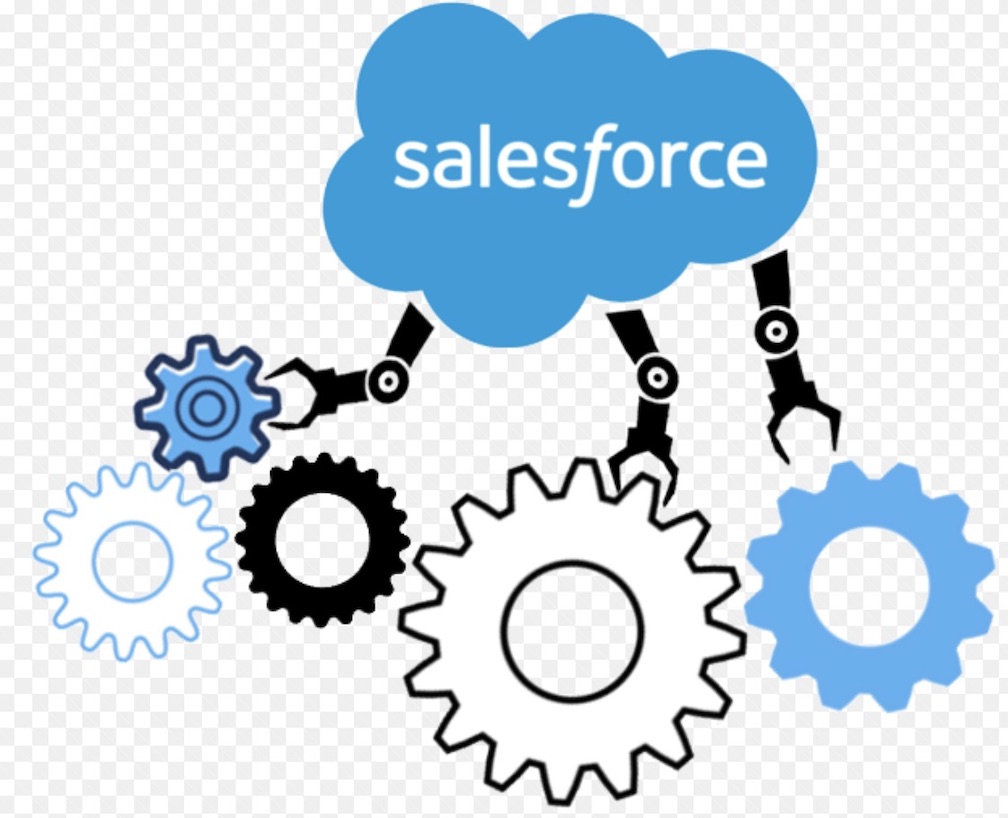Creating a Robust Salesforce Disaster Recovery Plan: Best Practices and Strategies
- Written by Business Daily Media

Creating a robust Salesforce disaster recovery plan requires careful planning and consideration of various factors.
Here are some best practices and strategies to help you develop an effective plan:
- Identify Potential Risks: Start by identifying potential risks and threats that could disrupt your Salesforce environment. These may include natural disasters, power outages, cyberattacks, human errors, or system failures. Conduct a thorough risk assessment to understand the specific risks your organization faces.
- Define Recovery Objectives: Determine your recovery objectives based on your business's needs and priorities. This includes establishing recovery time objectives (RTOs) and recovery point objectives (RPOs) that define the acceptable downtime and data loss limits during a disaster.
- Establish a Team and Roles: Form a dedicated team responsible for disaster recovery planning and execution. Assign clear roles and responsibilities to team members, including individuals from IT, security, operations, and management. Ensure everyone understands their roles and has the necessary authority to make decisions during a crisis.
- Implement Regular Backups: Regularly back up your Salesforce data to ensure you have up-to-date copies available for recovery. Consider automated backup solutions that provide scheduled and incremental backups. Store backups in a secure offsite location or leverage Salesforce's native backup and restore functionality.
- Leverage Replication and Redundancy: Implement data replication and redundancy to mitigate the impact of a localized disaster. Set up Salesforce instances in different geographical regions or within the same region but in separate data centers. This ensures that even if one instance fails, you can quickly failover to another location with minimal downtime.
- Test and Validate Your Plan: Regularly test your disaster recovery plan to ensure its effectiveness. Conduct simulations and drills to validate the recovery process, including backup restoration, system failover, and data integrity checks. Identify any gaps or weaknesses in the plan and address them promptly.
- Document the Plan: Document your disaster recovery plan in detail, including step-by-step procedures, contact information for key team members, and technical configurations. Make sure the plan is easily accessible to all relevant stakeholders and regularly updated to reflect any changes in your Salesforce environment.
- Establish Communication Channels: Establish clear communication channels to ensure effective coordination during a disaster. Define protocols for internal communication within the disaster recovery team, as well as external communication with stakeholders, such as employees, customers, vendors, and partners. Consider alternative communication methods in case primary channels are unavailable.
- Implement Security Measures: Implement robust security measures to protect your Salesforce environment from potential threats. This includes strong access controls, encryption of sensitive data, regular security assessments, and monitoring for suspicious activities. Backup data should also be encrypted and securely stored.
- Educate and Train Personnel: Provide training and education sessions to your personnel to ensure they understand the disaster recovery plan and their specific roles. Conduct regular drills and exercises to test their preparedness and enhance their familiarity with the procedures. Foster a culture of awareness and preparedness within your organization.
- Regularly Review and Update the Plan: Your disaster recovery plan should not be a static document. Review and update it regularly to incorporate lessons learned from testing, technological advancements, and changes in your business environment. Stay informed about emerging risks and adapt your plan accordingly.
Remember, a robust Salesforce disaster recovery plan is an ongoing effort that requires continuous monitoring, testing, and refinement. By following these best practices and strategies, you can increase the resilience of your Salesforce environment and ensure the protection and availability of your critical business data.
Conclusion
In conclusion, creating a robust Salesforce disaster recovery plan is crucial for safeguarding your business's data and ensuring uninterrupted operations in the face of unexpected disruptions. By identifying potential risks, establishing recovery objectives, implementing regular backups, leveraging replication and redundancy, testing and validating the plan, documenting procedures, establishing communication channels, implementing security measures, educating personnel, and regularly reviewing and updating the plan, you can significantly enhance your organization's ability to recover from disasters and maintain business continuity.
Investing time, resources, and effort into developing a comprehensive disaster recovery plan is a proactive measure that can save your business from severe financial and reputational damage in the event of a Salesforce outage or data loss. Remember that disaster recovery planning is an ongoing process, and staying vigilant, adapting to evolving risks, and continuously improving your plan will ensure its effectiveness over time.
By prioritizing the protection of your Salesforce data and implementing best practices and strategies, you can have confidence in your organization's ability to navigate through crises and maintain the trust of your customers, partners, and stakeholders.









